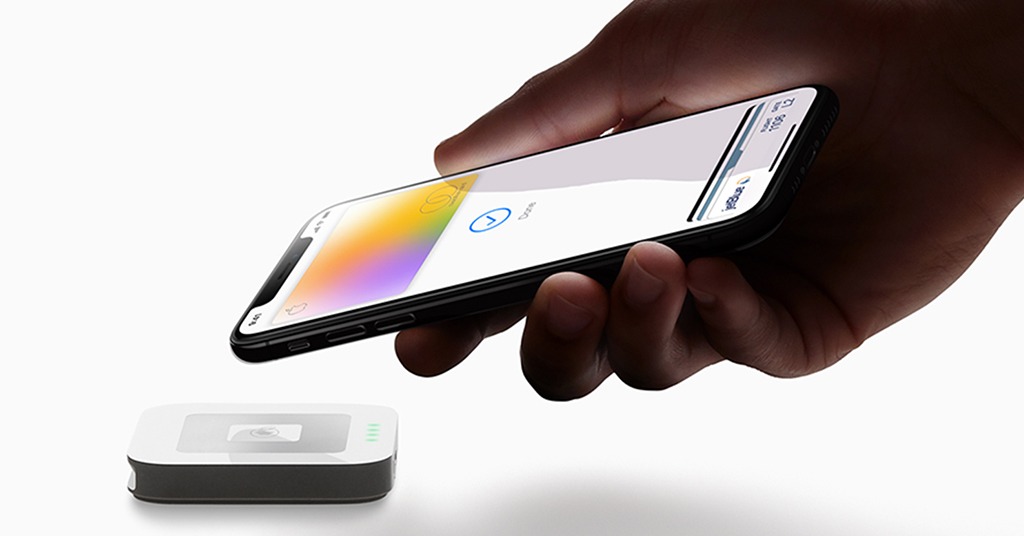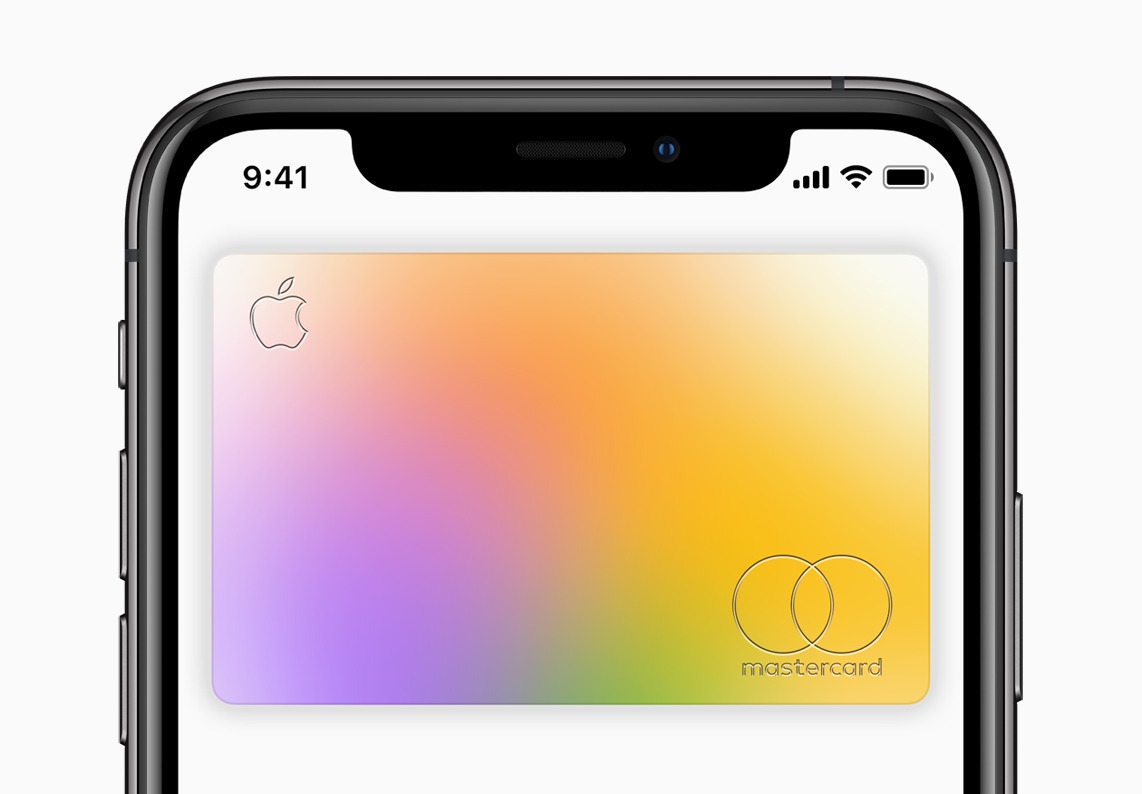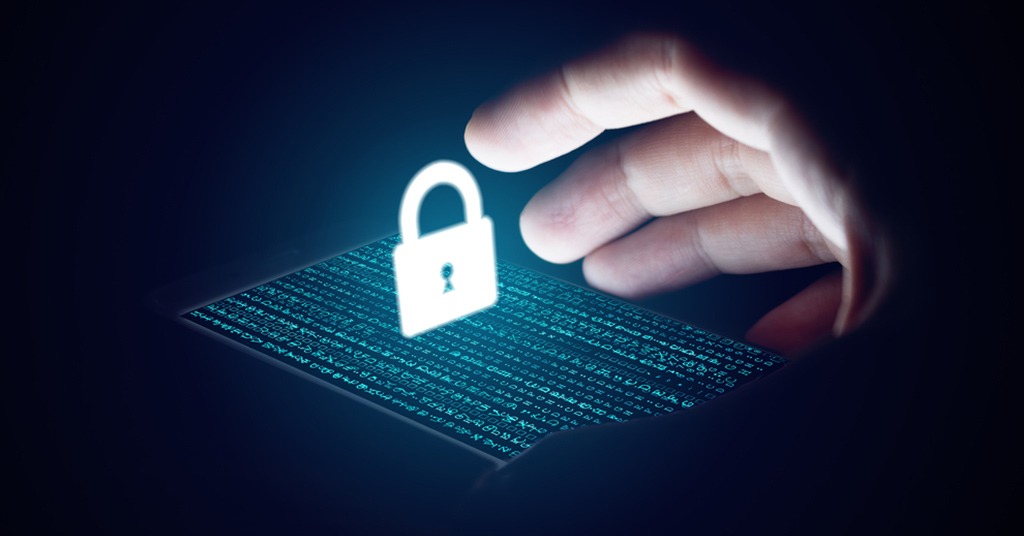Everything about the new Apple Card

Apple Card: how to get it and what for. Source: apple.com
On March 25, Apple introduced a credit card with free service and a cashback which was called Apple Card.
In early August, Apple began issuing Apple Card credit cards. This is a virtual credit card based on the MasterCard payment system, issued by Goldman Sachs. Americans can use it wherever they see the Apple Pay sign.
You can manage the card via iPhone or other gadgets powered by iOS, and pay using your smartphone by bringing it to the payment terminal. The company’s global goal is to wean users of Apple products off physical wallets and cash.
How to get an Apple Card
The Apple credit card is stored in the Wallet iPhone app. In this app, users can store other cards of different banks and also pay with them using the Apple Pay mobile payment system. It is also possible to view transaction statistics, buy tickets, scan boarding passes, discount coupons and much more.
You need to click the respective button and enter personal data to order an Apple Card in the application. The decision on issuing a card and the size of the credit limit is made by the issuing bank Goldman Sachs. Once the bank approves the application, you can use the digital card. There is no issuing or usage fee. According to the bank’s tariffs, only interest for using the credit limit is charged.
A digital card is a completely self-sufficient means of payment and you can use it wherever you see the Apple Pay sign. But if the user needs a physical card, it can be ordered through the Wallet application.

Apple Card is displayed on the homepage of the Wallet application. Source: apple.com
Apple Card is displayed on the homepage of the Wallet application. The latest transactions, chat for contacting customer support, the credit limit info and a reminder about its repayment are located below.
Information about weekly purchases can be viewed in the charts section. The card’s color in the app depends on the most popular customer expense item. For example, if a client most often uses a card to pay bills in restaurants, bars, and grocery stores, then a card will get an orange tint.
It is quite an innovative feature for Americans. Some mobile applications of other banks also classify clients’ transactions. It is necessary to separately download and study statistics in order to implement this, but with the Apple Card, you can immediately see what you spend your money on.
How does it look?
The physical Apple Card is made of titanium (which is a stainless metal), thus it is a bit heavier than a regular plastic one. However, it is still a nice-looking card, which has a pleasant touch. A card with only the name, Apple logo, and payment chip on it looks elegant and minimalist, and that’s what Apple Card owners say about it.
To activate the card, you need to open the Wallet application, click on the “activate card” button, and bring the phone to the package, as it is written in the instruction. The option to activate the card will pop-up on the phone screen, similar to the message that indicates that the AirPods headphones are connected. To use an Apple Card through Apple Pay in a retail store, you need to bring the phone to the payment terminal and finalise client authorisation through Face ID, Touch ID, or a password.
If you shop online, and the site you’ve chosen does not support Apple Pay, you can simply enter the card details stored in the Wallet application.
Rewards
Apple Card has cashback. For online purchases in the company’s network (Apple Store, iTunes, App Store, Apple Music, iCloud), the users will have 3% back. For contactless purchases with Apple Pay, the users will have 2% back, and when using a physical card, cashback is 1% for all kinds of purchases.
Cashback is instantly saved in a separate section of the Apple Cash application. The returned sum can be transferred to any card or used for contactless payments via Apple Pay. Some media called Apple’s cashback system “not very flexible”, but still, you should take into account that you don’t have to pay for issuing of this card, and you can use it absolutely free of charge. This makes Apple’s cashback a real good deal.
For example, Blue Cash Preferred card by American Express gives you a 6% discount on subscription to certain US streaming services and supermarkets for purchases of up to $6,000 per year. It also offers a 3% cashback for travel expenses. The Capital One Venture card gives customers two miles (air miles) for each purchase. But neither cards are free, and it costs $95 per year to use them.
Security

Apple Card does not store data on how and where the client spends their money. Source: shutterstock.com
One of the advantages of the Apple Card is that if someone accidentally or intentionally receives the full information about your card in the application, you can instantly make this card number invalid, and immediately request a new one by contacting Apple Support, which is available 24/7. Then you can continue to use your card without concern.
Hidden card data, customer identification and verification of purchases using Face ID and Touch ID technologies, the ability to instantly reset the current card number and request a new one give this product undeniable advantages over ordinary bank cards. The creators of Apple Card claim that they do not store data on how and where the client spends their money inside the company, and do not share this information with third parties.
If a client loses the card, they do not need to hang on the hotline for a long time. It is enough to open the app and set the status of the card as “Lost”. If a client loses both the card and the phone, they need to call Apple Card support or use another iOS device to contact customer support service and report on the card theft.








